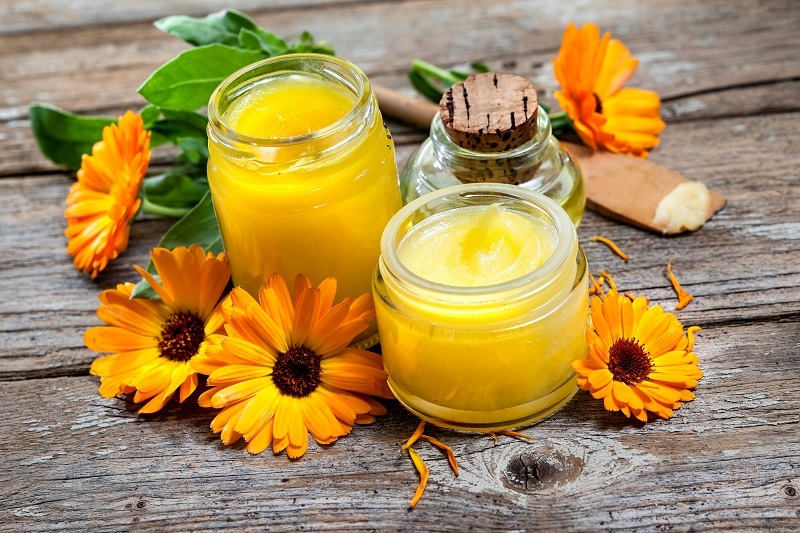The carnation, a flower with a rich history and diverse cultural significance, is a staple in gardens and floral arrangements around the world. Known for its ruffled petals and a variety of colors, the carnation has fascinated flower enthusiasts for centuries. Let's delve into some intriguing trivia surrounding this fascinating bloom.
Origin and History
The carnation, scientifically known as Dianthus caryophyllus, is believed to have been used for the first time around 2,000 years ago. Its name is derived from the Greek words "dios" (god) and "anthos" (flower), meaning "the flower of the gods". Carnations are native to the Mediterranean region, which contributes to their hardiness and ability to thrive in various climates.

Meaning and Symbolism
Carnations carry a plethora of meanings and are deeply embedded in folklore and tradition across cultures. Often referred to as the flower of love, fascination, and distinction, the carnation's symbolism varies based on its color:
- Red Carnation: Deep affection, love, and admiration.
- White Carnation: Purity, good luck, and unconditional love.
- Pink Carnation: Gratitude, motherly love, and joy.
- Yellow Carnation: Disappointment and rejection.
- Purple Carnation: Capriciousness and unpredictability.
Historical Significance
The carnation has played a significant role in historical events and cultural ceremonies:
- In ancient Rome, carnations were used in ceremonial crowns for athletes, poets, and politicians.
- During the Renaissance, the carnation was a prominent feature in art, symbolizing bonds of affection.
- The carnation is the national flower of Spain and Slovenia, representing the countries' rich cultural heritage.
Carnations in Modern Culture
Today, carnations remain popular in various ceremonies and celebrations around the world:
- Mother's Day: Pink carnations, symbolizing a mother's undying love, are often given out to honor mothers on this special day.
- Weddings: As a symbol of love and purity, carnations are frequently used in wedding bouquets and decorations.
- Graduations: In some cultures, red carnations are worn by graduates to mark their academic achievements.
Interesting Carnation Facts
Here are some lesser-known facts about carnations that highlight their unique characteristics and uses:
- Carnations are one of the oldest cultivated flowers in the world, with a history that spans over two millennia.
- The flower is edible and has been used in various culinary applications, including salads, desserts, and as garnishes.
- Carnation petals are used in the manufacture of perfumes due to their sweet and spicy aroma.
- They are known for their long-lasting freshness; cut carnations can stay vibrant for up to two weeks with proper care.

Growing Carnations
If you're interested in adding carnations to your garden, here's some basic advice:
- Soil: Carnations prefer well-drained, slightly alkaline soil.
- Sunlight: They thrive in full sun but can also tolerate partial shade.
- Watering: Moderate watering is essential; overwatering can lead to root rot.
- Fertilization: Use a balanced fertilizer every six to eight weeks for optimal growth.
Pruning and deadheading are also crucial for maintaining the health and beauty of your carnation plants. Remove spent flowers to encourage new blooms and cut back any leggy stems for a more compact appearance.
Conclusion
The carnation is more than just a beautiful flower; it is a symbol of love, history, and cultural significance. Whether used in ceremonies, given as a token of affection, or cultivated in gardens, this versatile bloom continues to enchant and inspire. With their rich colors, lasting freshness, and fascinating background, carnations undoubtedly hold a cherished place in the world of flora.

